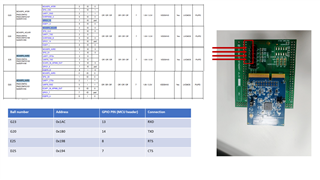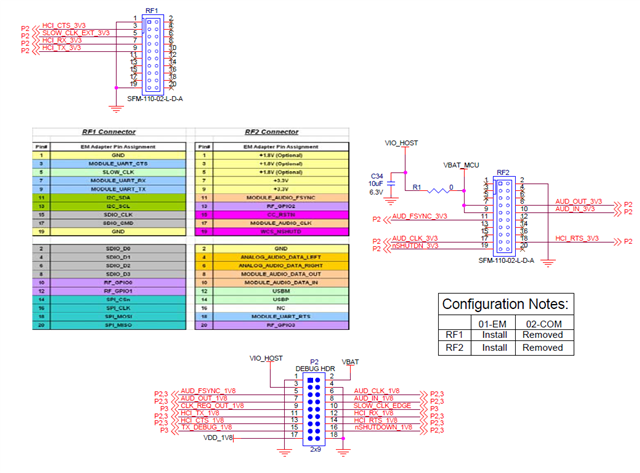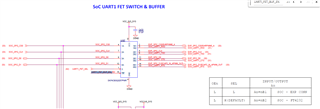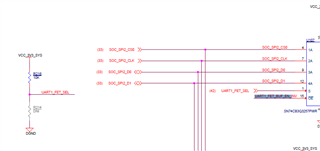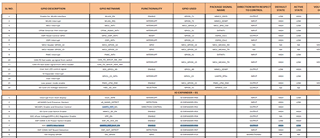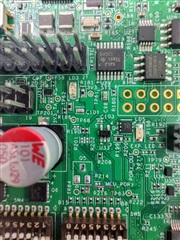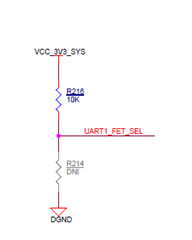Other Parts Discussed in Thread: AM62P, CC2564, AM625
Tool/software:
Dear Team,
We are working on Android Automotive v14.0 on SK-AM62P-LP. In order to enable classic BT for uses cases such as Bluetooth Audio/Telephony we need to enable CC256XEM-STADAPT and CC256xOFN-EM module.
But default, the Bluetooth is not enabled. We also need to understand how to connect the same with AM62P.
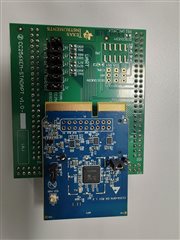
Kindly support us in bringing up this module on AM62P. We are currently working on customer project and it is very important to enable this module.
Best regards,
Libin Jose





